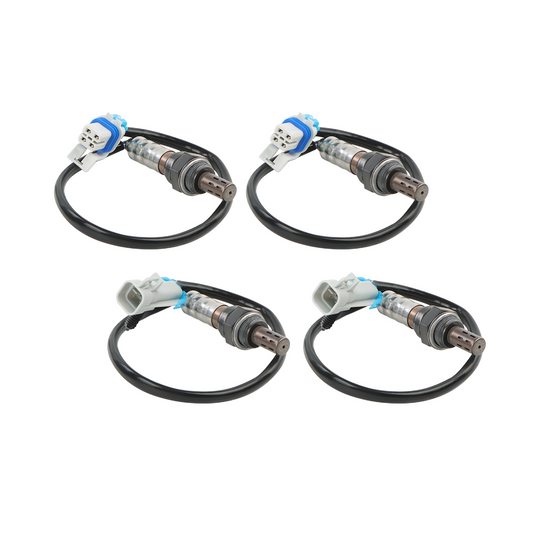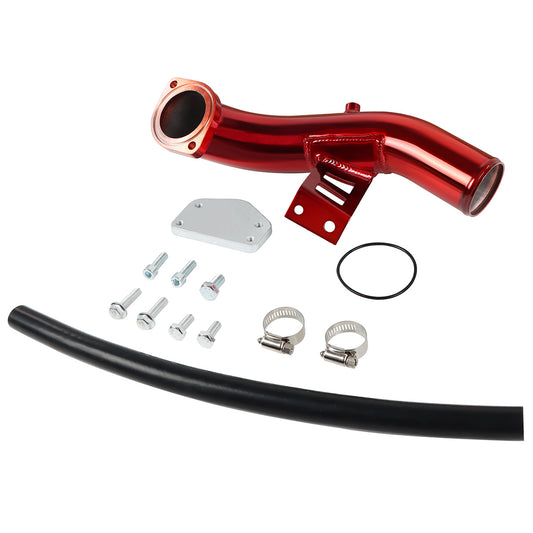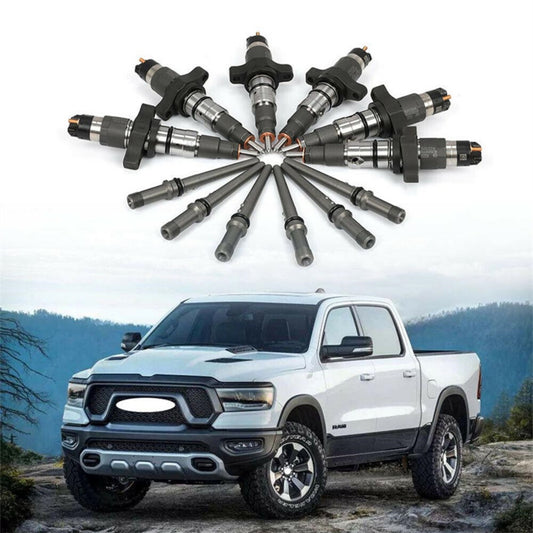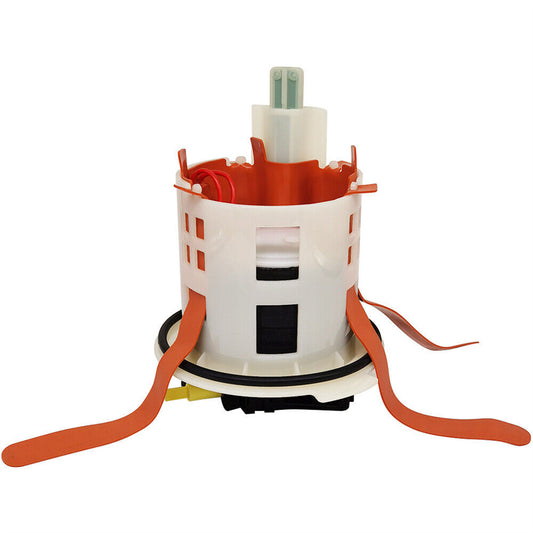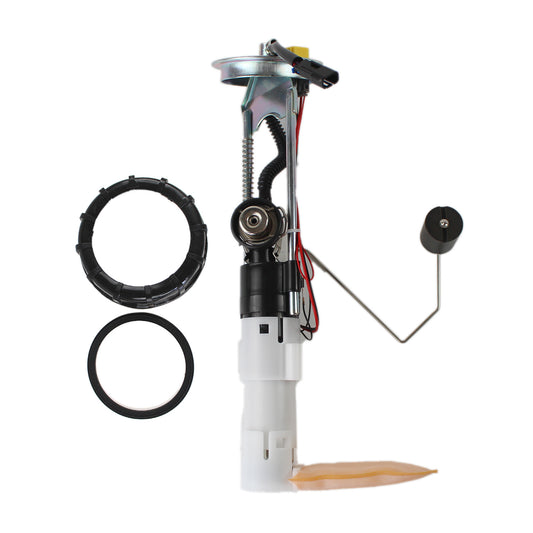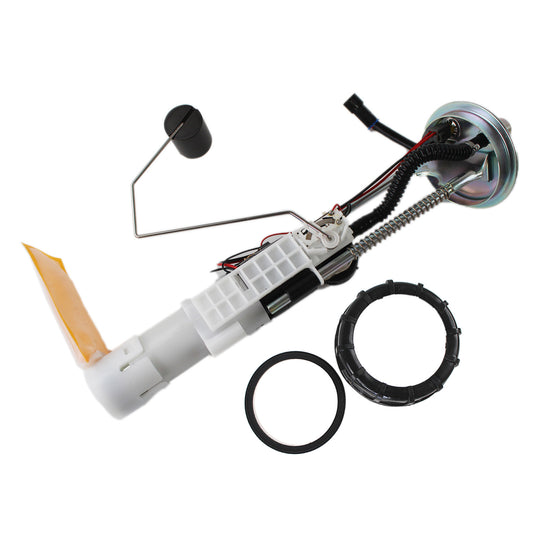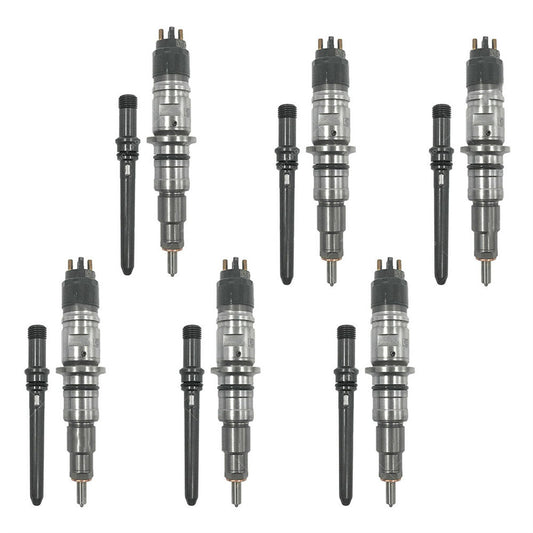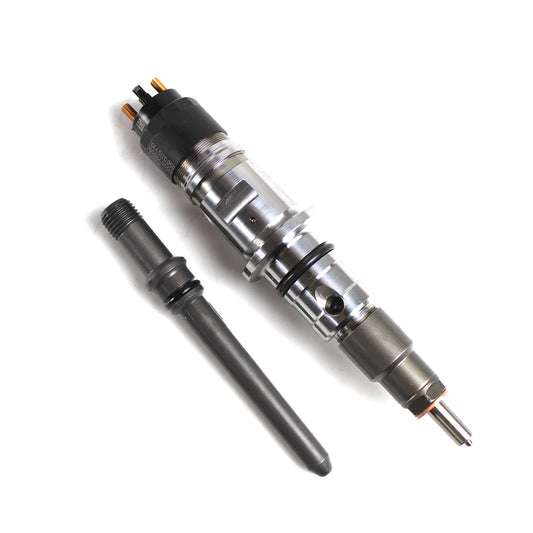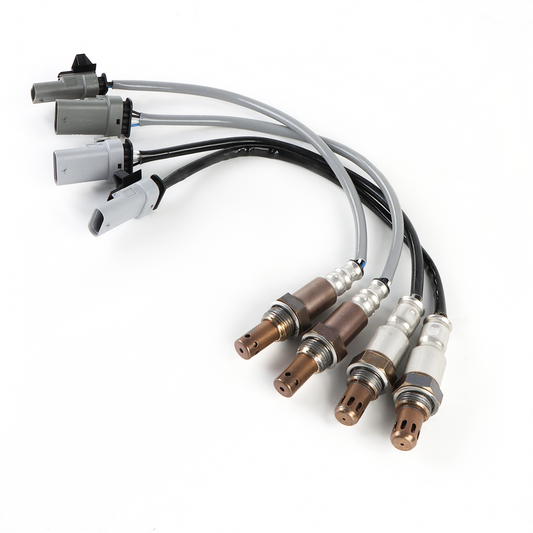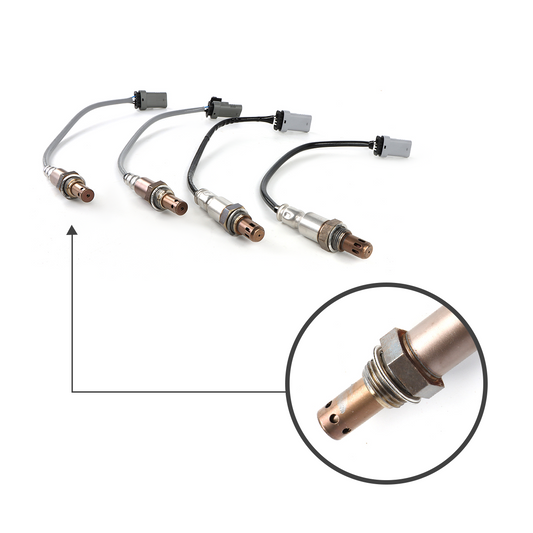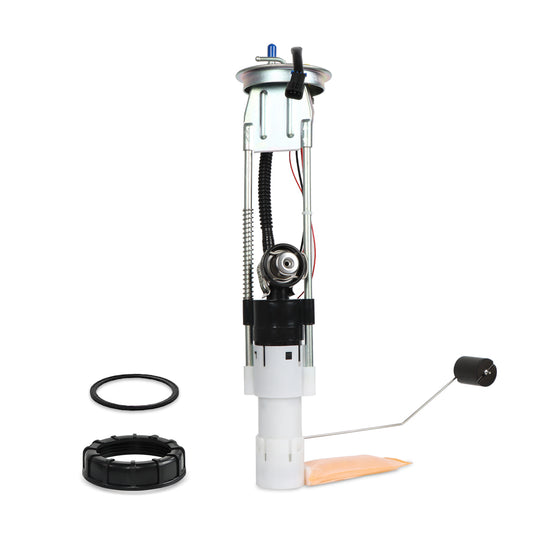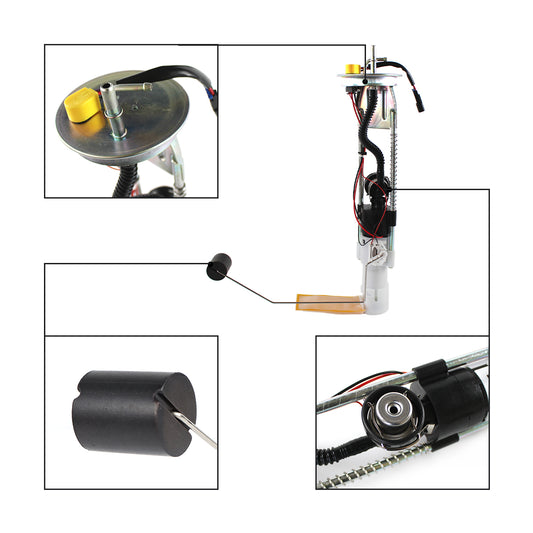Where is transmission control module located?
COPY THE COUPON CODE HERE: TCM08
The location of the transmission control module (TCM) can vary depending on the make and model of the vehicle. However, in many cars, the TCM is typically located inside the transmission case or mounted to the outside of the transmission. Here are some common locations:
Inside the Transmission: Some vehicles have the TCM built into the transmission housing. This means it's not easily accessible without removing the transmission.
Outside the Transmission: In many modern cars, especially those with automatic transmissions, the TCM is located outside the transmission. It might be mounted on the transmission itself, usually towards the front or side. Look for a small, rectangular metal or plastic box with wiring harnesses connected to it.
Engine Bay: Occasionally, the TCM can be found in the engine bay, usually mounted near the firewall. This location is more common in older vehicles.
Underneath the Dashboard: In a few cars, particularly older models, the TCM might be located under the dashboard on the driver's side. This would require removing some panels to access.
It's essential to consult the vehicle's service manual or a repair guide specific to your make and model to locate the TCM accurately, as it can vary significantly between different vehicles. If you're not comfortable locating it yourself, it's best to consult with a qualified mechanic.
What happens when a transmission control module goes bad?
When a transmission control module (TCM) goes bad, it can cause a variety of problems with the vehicle's transmission system. The TCM is a crucial component that controls and regulates the transmission's shifting and operation. Here are some common symptoms and issues that can occur when a TCM is failing or has gone bad:
Erratic Shifting: One of the most noticeable signs of a bad TCM is erratic shifting behavior. You may experience harsh or delayed shifting, where the transmission shifts gears suddenly or too late. This can result in jerking movements or a noticeable struggle to shift smoothly.
Stuck in Gear: The transmission may get stuck in a particular gear and refuse to shift. This could be a safety hazard, especially if the vehicle gets stuck in a high gear, limiting acceleration or causing excessive engine revving.
Failure to Shift: The transmission might fail to shift out of a particular gear, such as staying in "limp mode," which is often second or third gear. This is a protective measure to prevent further damage, but it severely limits the vehicle's performance.
Loss of Power: A failing TCM can lead to a loss of power, especially during acceleration. You might notice the vehicle struggles to get up to speed or feels sluggish.
Transmission Warning Light: Most modern vehicles have a transmission warning light on the dashboard. If the TCM is malfunctioning, this light might illuminate to indicate a problem with the transmission system.
Difficulty Engaging Gears: You may find it difficult to engage certain gears, such as reverse or drive. This can be particularly problematic when trying to maneuver the vehicle.
Overheating Transmission: In some cases, a malfunctioning TCM can cause the transmission to overheat due to improper operation of the cooling system or continuous slipping of gears.
Transmission Slipping: A faulty TCM can cause the transmission to slip, which means it may randomly shift in and out of gear while driving. This can be dangerous, as it can lead to a sudden loss of power or control.
Check Engine Light: Along with the transmission warning light, a failing TCM can also trigger the check engine light on the dashboard. This indicates that the vehicle's onboard computer has detected a problem with the transmission or the TCM itself.
Poor Fuel Economy: When a TCM is not functioning correctly, the transmission may not shift efficiently. This can result in the engine working harder than necessary, leading to decreased fuel efficiency.
Strange Noises: A failing TCM might cause the transmission to make unusual noises, such as whining, buzzing, or clunking sounds. These noises can indicate that the transmission is not operating as it should.
Transmission Stuck in "Safe Mode": Some vehicles have a "safe mode" or "limp mode" that the transmission goes into when there is a problem. This mode is designed to protect the transmission from further damage by limiting the vehicle's speed and performance. A bad TCM can cause the transmission to remain stuck in this mode, even after the initial issue is resolved.
Difficulty Starting the Vehicle: In some cases, a failing TCM can cause starting issues. This happens when the TCM fails to send the proper signals to other components of the vehicle, such as the starter or ignition system.
Transmission Fluid Leaks: A malfunctioning TCM can lead to increased pressure or improper operation of the transmission, which in turn can cause leaks in the transmission system. Leaking transmission fluid can lead to further damage if not addressed promptly.
Can I drive with a faulty TCM?
Driving with a faulty transmission control module (TCM) is not recommended. While it might be possible to drive the vehicle for a short distance, doing so can lead to further damage to the transmission and other components. Here's why:
Erratic Shifting: A faulty TCM can cause erratic shifting behavior, which can make driving unpredictable and potentially dangerous. Abrupt or delayed shifts can affect the vehicle's stability and control.
Stuck in Gear: If the TCM fails while the transmission is in a particular gear, you may find yourself unable to shift out of that gear. This can limit your ability to accelerate, decelerate, or maneuver the vehicle safely.
Transmission Damage: Continued driving with a faulty TCM can cause damage to the transmission itself. The transmission relies on the TCM to regulate its operation, and without proper control, it can overheat, slip, or suffer premature wear.
Safety Concerns: Unpredictable shifting and potential loss of power can pose safety risks on the road. Sudden loss of acceleration or control can lead to accidents, especially in traffic or emergency situations.
Other Systems Affected: A faulty TCM can also affect other systems in the vehicle, such as the engine's performance and fuel efficiency. Ignoring the problem could lead to more extensive and expensive repairs down the line.
If you suspect your TCM is faulty or experiencing issues, it's best to have it diagnosed and repaired by a qualified mechanic as soon as possible. They can determine the extent of the problem and advise you on whether it's safe to drive the vehicle in its current condition.
In some cases, a TCM issue may put the vehicle into a "limp mode," where it operates at reduced power and speed to protect the transmission. While you may be able to drive short distances in this mode, it's still crucial to address the underlying problem promptly to prevent further damage.
Overall, driving with a faulty TCM is not advisable due to the safety risks and potential for further damage to the transmission and other components. It's best to have the issue addressed by a professional as soon as possible.
How much does it cost to reprogram a TCM?
The cost to reprogram a Transmission Control Module (TCM) can vary depending on several factors, including the vehicle make and model, the location where the service is performed, and whether you go to a dealership or an independent repair shop. Here are some general estimates:
Dealership Costs: If you take your vehicle to a dealership for TCM reprogramming, the cost can range from $100 to $300 or more. Dealerships typically charge higher labor rates, but they have access to the latest software updates and diagnostic tools specific to your vehicle.
Independent Repair Shop: Going to an independent repair shop might be more cost-effective. The cost for TCM reprogramming at an independent shop can range from $50 to $200, depending on the shop's rates and the complexity of the reprogramming process.
DIY Reprogramming: Some vehicle owners choose to purchase the necessary equipment and software to reprogram the TCM themselves. The cost for this can vary widely depending on the make and model of the vehicle, but it could range from $100 to $500 or more for the equipment and software.
Additional Costs: Keep in mind that the cost of TCM reprogramming may not just include the labor for the reprogramming itself. It could also involve diagnostic fees if the technician needs to determine the specific issue with the TCM, as well as any parts or fluids that need to be replaced during the process.
It's essential to get a specific quote from the repair facility before proceeding with the reprogramming. They can provide a more accurate estimate based on your vehicle's make, model, and the extent of the reprogramming needed.
Additionally, if the TCM needs to be replaced entirely due to a malfunction, the cost will be significantly higher. A new TCM can range from $200 to $800 or more, not including labor costs for installation and programming.
Always remember that these are general estimates, and actual costs can vary based on the factors mentioned earlier. Getting multiple quotes from different repair shops can help you find the best price for TCM reprogramming services.
Does a new transmission control module need to be programmed?
Yes, in most cases, a new Transmission Control Module (TCM) will need to be programmed to work with your vehicle. The TCM is a critical component that controls the transmission's shifting and operation, and it must be configured to communicate properly with the vehicle's engine, transmission, and other systems.
Here's why a new TCM typically needs to be programmed:
Vehicle-Specific Configuration: Each vehicle has its own unique configuration and settings, including engine type, transmission type, gear ratios, tire size, and more. The TCM needs to be programmed with this specific information to ensure optimal performance and efficiency.
Security and Immobilizer Systems: Many modern vehicles have security features built into the TCM to prevent theft. These systems require programming to recognize the vehicle's specific key and immobilizer codes.
Adaptation and Learning: The TCM may also need to undergo an adaptation or learning process once installed. This involves the TCM learning the optimal shift points and patterns based on driving conditions, which helps improve transmission performance over time.
Software Updates: When a new TCM is installed, it's an opportunity to ensure the latest software updates and calibration files are loaded onto the module. This helps address any known issues or improvements from the manufacturer.
In summary, a new TCM typically requires programming to ensure compatibility with your vehicle's specific configuration and to enable all its features to function correctly. This programming is usually done by a qualified technician using specialized diagnostic tools and software.
If you're replacing a TCM, it's essential to have it programmed correctly to avoid potential issues such as erratic shifting, transmission failure, or incompatibility with other vehicle systems. Your mechanic or dealership should handle the programming process to ensure everything works as intended.
Can I replace the transmission control module myself?
Yes, it is possible to replace the Transmission Control Module (TCM) yourself, but it's important to note that this task can be challenging and requires some mechanical knowledge and the right tools. Here's a general overview of the steps involved in replacing a TCM:
Gather Necessary Tools: You'll need basic tools such as wrenches, sockets, and screwdrivers. Additionally, you may need a scan tool or diagnostic tool to reset the TCM after replacement.
Locate the TCM: The TCM is typically located inside the vehicle, either under the dashboard, behind the glove compartment, or near the transmission itself. Refer to your vehicle's service manual for the exact location.
Disconnect Battery: Before starting any work, disconnect the vehicle's battery to prevent any electrical shorts or damage.
Remove Old TCM: Depending on the location, you may need to remove panels or components to access the TCM. Once located, disconnect the wiring harnesses and remove any mounting bolts holding the TCM in place.
Install New TCM: Carefully install the new TCM in the same location where the old one was removed. Make sure it is securely in place and reconnect the wiring harnesses.
Reconnect Battery: After the new TCM is installed, reconnect the vehicle's battery.
Programming: This is a crucial step. In most cases, a new TCM will need to be programmed to work with your vehicle. This involves using a scan tool or diagnostic tool to communicate with the vehicle's computer system and load the necessary software and configuration settings onto the TCM.
Testing: Once the new TCM is installed and programmed, start the vehicle and test the transmission to ensure it is functioning correctly. Look for any warning lights on the dashboard and listen for any unusual noises.
Clearing Codes: After installation and programming, use the scan tool to clear any fault codes that may have been stored during the replacement process.
It's important to note that programming the new TCM is a critical step, and without it, the transmission may not function properly. If you're not comfortable with this process, it's best to have a professional mechanic or dealership perform the replacement and programming.
Also, before purchasing a new TCM, ensure it is the correct part for your vehicle's make, model, and year. Incorrect TCMs can cause compatibility issues and may not function correctly.
Replacing a TCM yourself can save money on labor costs, but it's crucial to be confident in your mechanical abilities and have the necessary tools and knowledge to complete the job correctly. If you have any doubts, it's best to seek professional help.
How much does it cost to replace a transmission control module in the United States?
In the United States, the cost to replace a Transmission Control Module (TCM) can vary as mentioned earlier. Here's a breakdown of the estimated costs:
TCM Cost: The price of the TCM itself can range from $200 to $800 or more, depending on the make and model of your vehicle. This cost can vary significantly between different brands and manufacturers.
Labor Costs: The labor costs for replacing the TCM typically range from $100 to $300 or more per hour, depending on the mechanic's experience and the location of the repair shop. Some shops might have a flat rate for TCM replacement.
Dealer vs. Independent Shop: Dealerships generally have higher labor rates compared to independent repair shops. This means you might pay more for labor if you go to a dealership for the replacement.
Additional Costs: Additional costs might include diagnostic fees, taxes, and possibly fees for disposing of the old TCM.
Here are the estimated total costs for replacing a Transmission Control Module in the United States:
TCM Cost: $200~$800
Labor Cost: $100~$300
Total: $300~$1100
Again, these are rough estimates, and actual costs can vary based on factors such as your location (costs can vary significantly between states and cities), the make and model of your vehicle, the specific repair shop you choose, and any additional services required.
As for whether you can replace the TCM yourself, it's generally not recommended unless you have experience with automotive electronics and programming. The TCM is a crucial component that requires proper programming to work with your vehicle. Incorrect installation or programming can lead to transmission issues and potentially expensive repairs. It's usually safer and more reliable to have a qualified mechanic or dealership handle the replacement to ensure it's done correctly.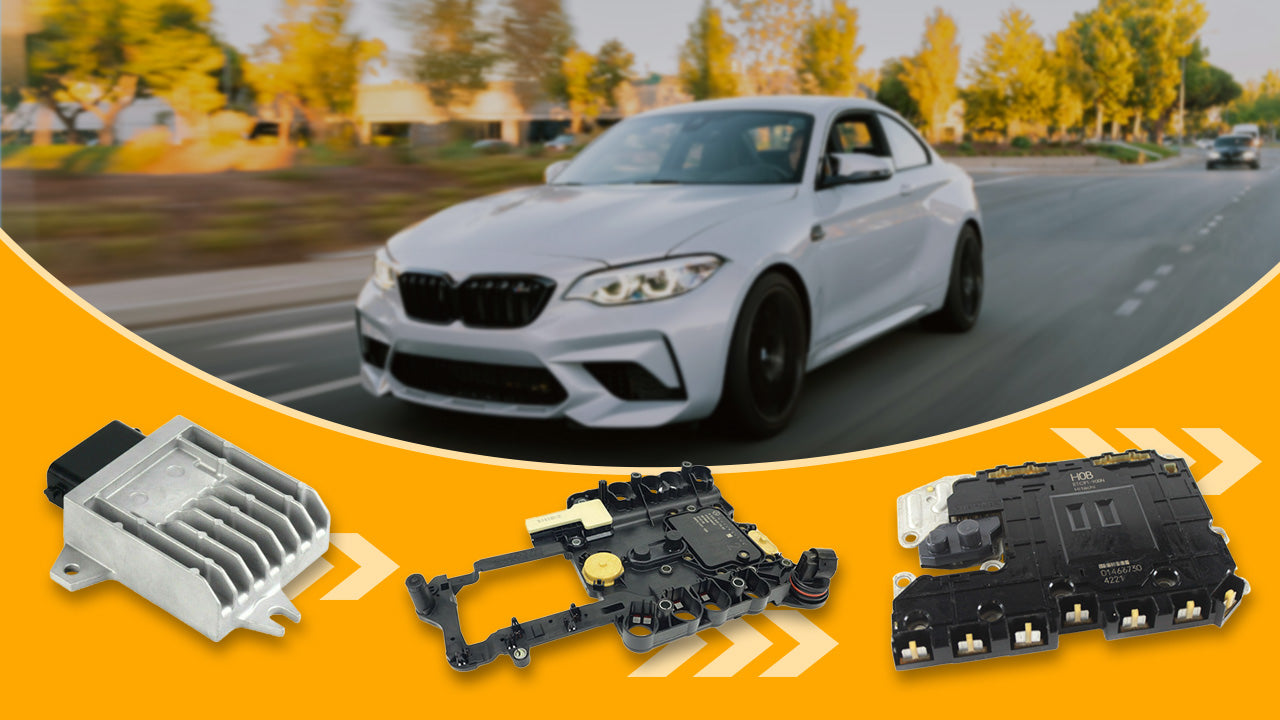
Daysyore is an auto parts online store, specializing in aftermarket auto parts. In our store, we can program the TCM you bought freely. Most importantly, we will provide high-quality after-sales support. Let’s explore the store now!


